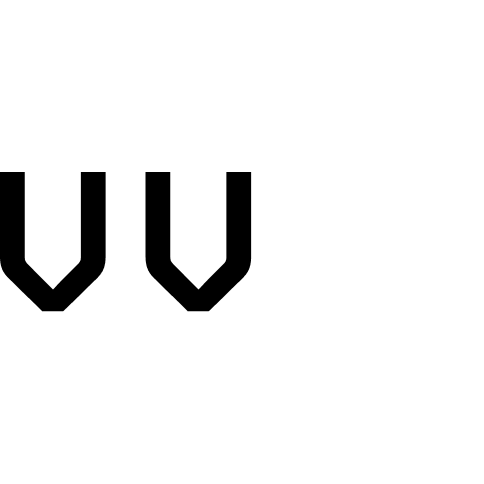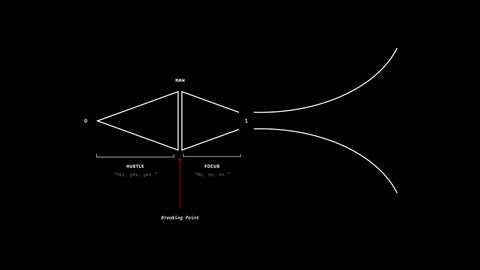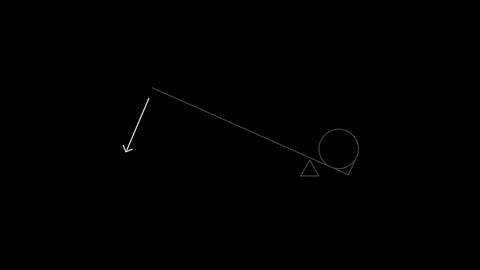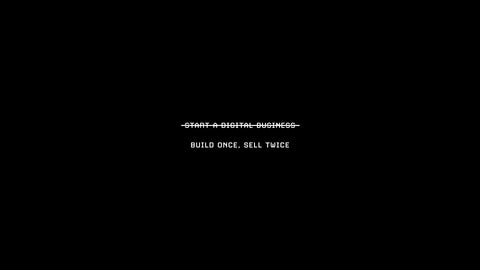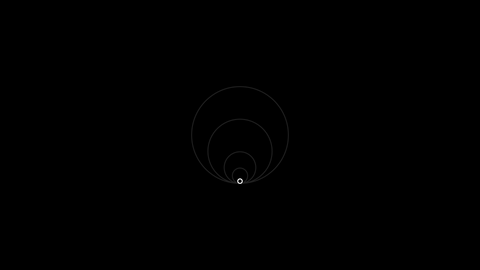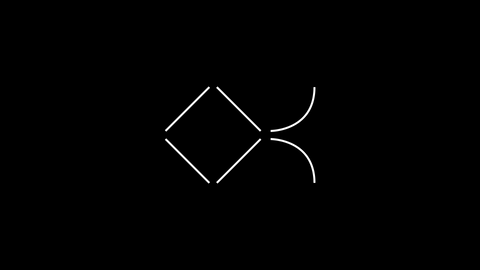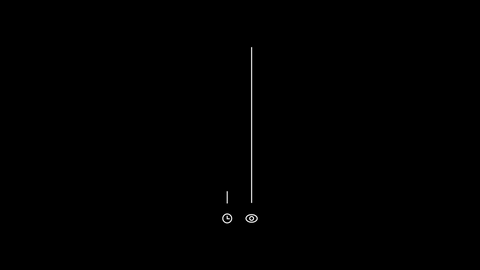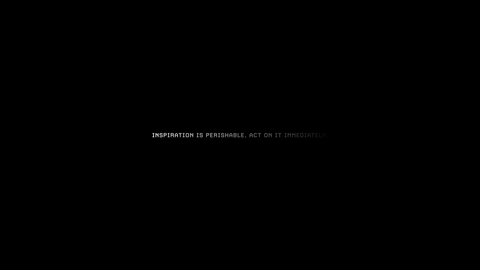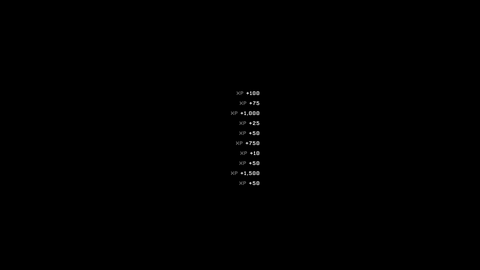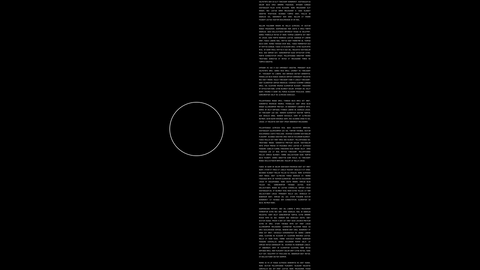Some people build a massively successful business on their first shot.
That wasn't my experience, nor the experience of most people I've met.
This article is about the transition from hustling your way to a few clients, to dialing in a product and buying your time back.
I'm convinced the best way to start a service business is to leverage the "Permissionless Apprenticeship" model (more on that here).
Combine your process of learning a new skill with an output that brings value to someone you'd like to work with.
Upside happens either way.
That said, the first few years (for me, and others I've met) is an uphill battle of selling time, gaining experience working on a lot of different things, and hoping for a break.
At a certain point you hit a ceiling. For me, this was around 5-6 freelance clients.

1/ Saying "Yes" until you're overwhelmed.
This is the breaking point.
You're at the ceiling of both your income and your time. You can chase bigger checks but bigger checks mean less time, less time means more stress.
Now your job is to start saying no.

2/ Hitting your "time & energy" ceiling
Examining all of your projects, skills and relationships to identify the results that people are repeating back to you.
For me, that was:
"Jack, you explained this visually better than I can say it."
In a mess of web design, video, branding, product design, I started to cut.

3/ Saying no to everything you're not great at.
At this point I'm working on one project, in one design program (keynote), cashing one check (painful in the short term, but necessary).
Then I start building process around this specific focus.

4/ Get really good at one thing, then add leverage.
This new focus unlocks the capacity for 5x more business as a practitioner, and the time to publish content every day, build a brand, a community, and develop products that deliver results while I'm asleep.
When you're learning, anyone that'll pay you is a potential client. (and that's not a bad thing)
The pain of hitting the ceiling may be the only thing that gets you thinking differently.
The eventual goal is to make your business your only client, and let it work.
